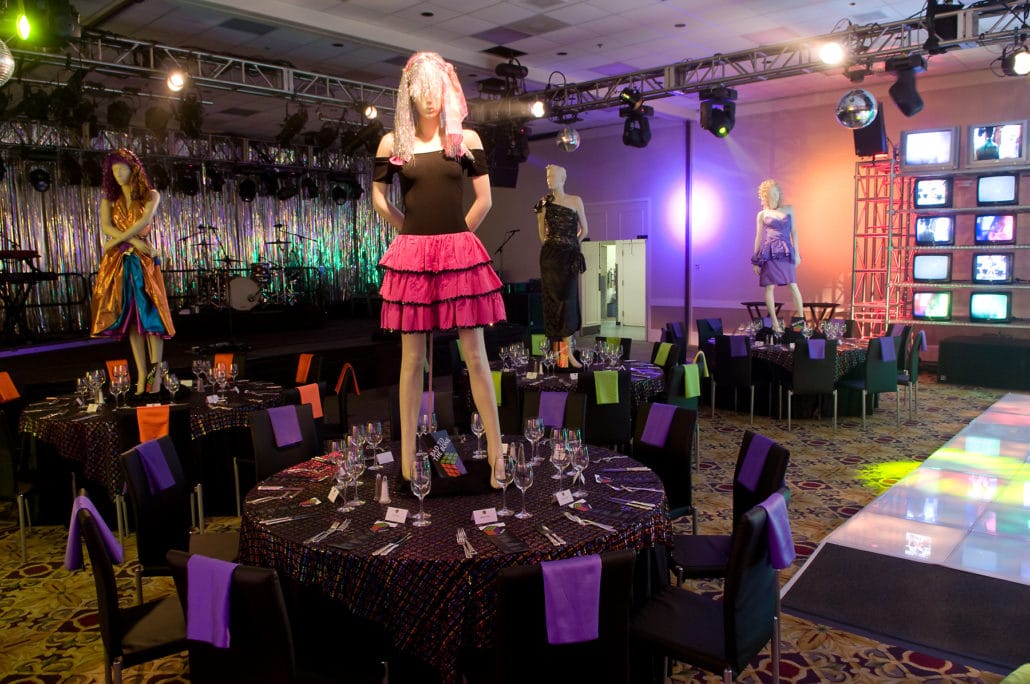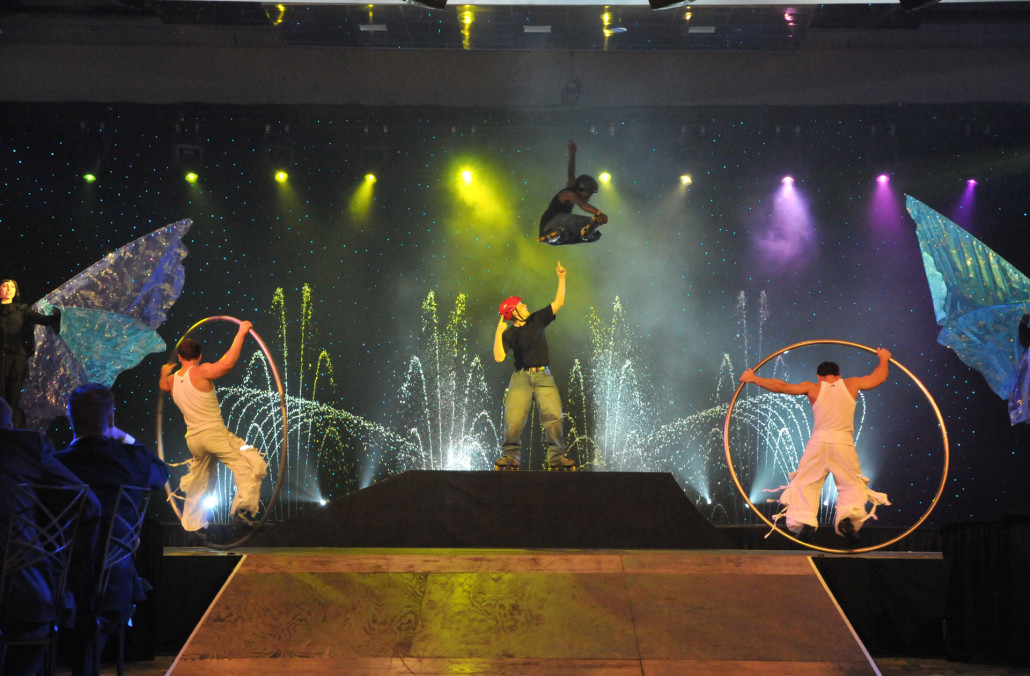What Do Events Do Now?
Planning events during a pandemic poses unique challenges. If this time has taught people anything, it is the value of being together. Nothing does that better than events. While it seems like all event listings have CANCELLED next to them these days, events will be back. But they will be different for a while.
As things start to open back up, we have a compiled some possible best practices for when smaller events reappear. Nothing is official yet, so please use this list as possible scenarios during your planning discussions. Rules will vary by county and state.
Capacity
- Event capacity will start small and move up incrementally. Possible increments 10, 25, 50, 100, 250, etc.
- A mandate for events to stay below 100 could be in place for all of 2020. Some Think Tank reports say it won’t get above 50.
Venues
- Increased cleaning and sanitation protocols have already begun in large chains. Smaller venues need time to catch up, but they will also be increasing their protocols. This is additional financial burden to venues.
- Outside spaces will fare better than inside spaces.
- Open sides on tents will be encouraged over having sidewalls.
- There are recommendations that venues grid off their floor spaces in 6 ft x 6 ft squares so people can easily maintain social distancing.
- Venues will restrict capacity significantly below the allowable fire code.
- Hand sanitizer stations will be prevalent.
Registration/Entering
- Temperature checks before entering will become the norm.
- Sharing Sharpies for a “write your own name tag” won’t be happening.
Invitations
- Next to Black Tie Optional will be Masks Required.
- A link to safety procedures specific to that event will be listed.
F&B
- Buffets are unlikely to be allowed. Expect to see more boxed continental breakfasts or things individually wrapped.
- Masks and gloves on the service staff.
- Longer bars lines because of the spacing of queued guests standing on “6ft stickers” marking the floor (sponsor opportunity!)
- Expect to see more rolled silverware versus silverware laid out on a table.
Seating
- Six ft rounds may be limited to 4 people per table. Venues will need to be large enough to accommodate the additional tables. This will add additional expenses to budgets.
Dance Floors
- Dance floors won’t be encouraged.
Valet
- There are discussions valet will not be allowed.
Virtual
- Guests are already experiencing zoom fatigue, but it isn’t going anywhere.
- Guest engagement will be more challenging as more live events move online.
If this all seems impossible and overwhelming, remember as with most information these days, it will continue to evolve. Don’t panic and cancel all fall events. Planning events during a pandemic is a new challenge. It is too early to know how this will play out.
We will send out more event industry thought leadership and new standards as it becomes available.
Current CDC Guidelines for events











